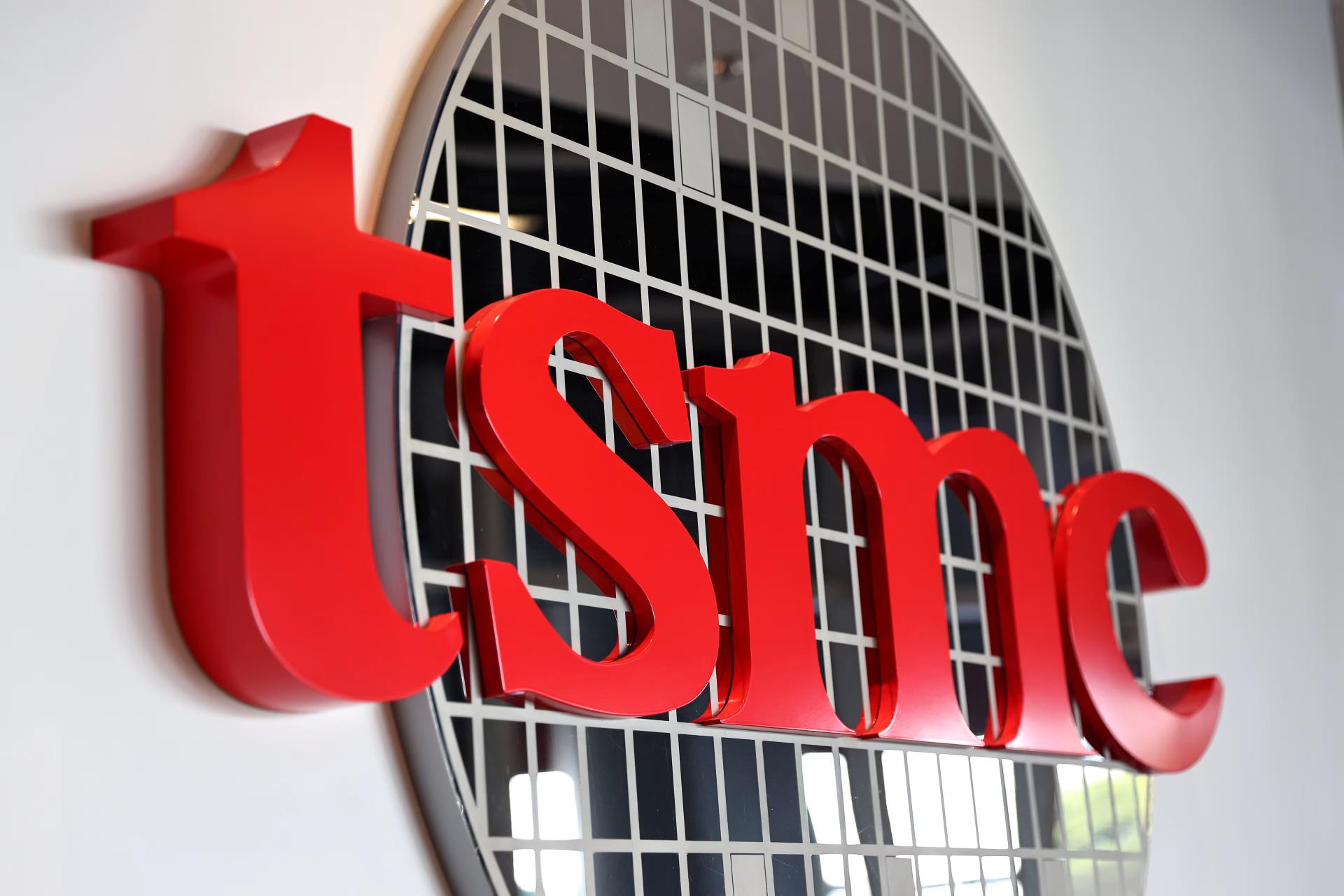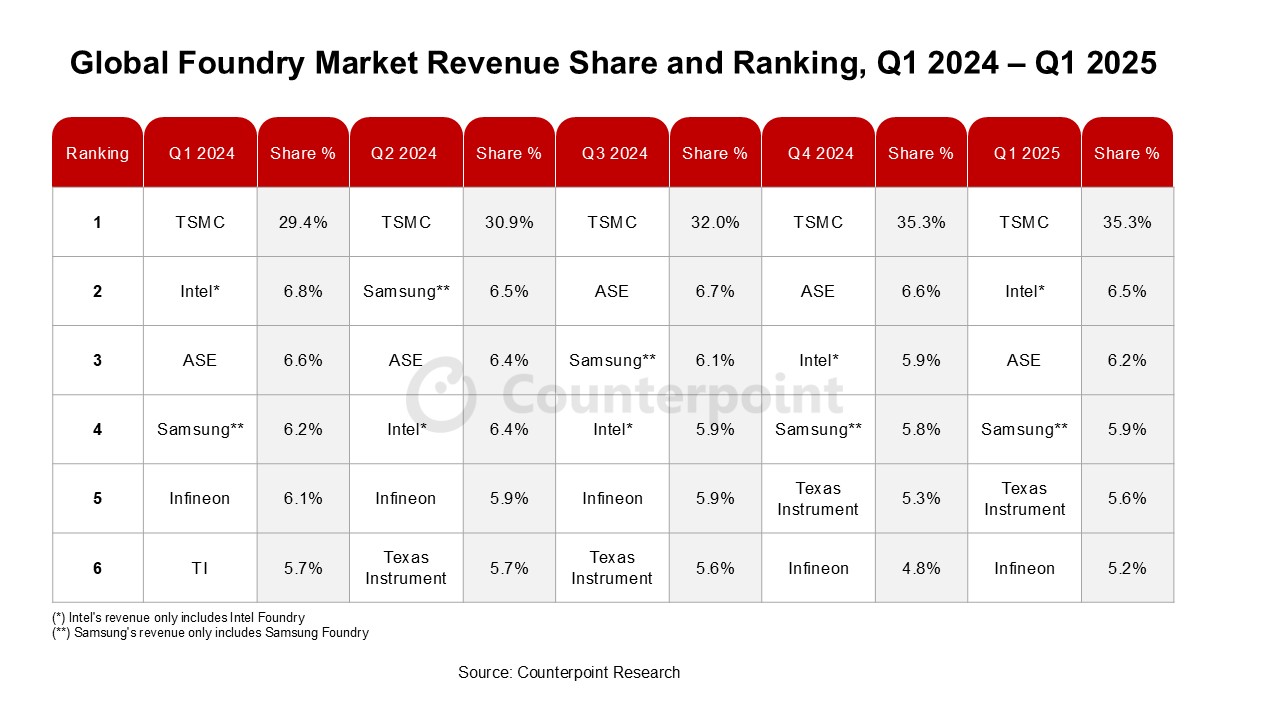The Taiwan Semiconductor Manufacturing Company (TSMC) continues to dominate the semiconductor industry, securing a 35% market share, according to recent data from Counterpoint Research. 
This positions TSMC as the world’s largest chip foundry, well ahead of its competitors, with Intel holding the second spot in the Foundry 2.0 sector.
TSMC’s market leadership comes on the back of its advanced manufacturing technologies, including its 3-nanometer and upcoming 2-nanometer processes. The company’s remarkable consistency in wafer production has set it apart, as it ships thousands of wafers each month, meeting the increasing demand driven by artificial intelligence (AI) applications. In addition, TSMC claims the title of the world’s largest photomask manufacturer, a key element in the chip fabrication process.
Meanwhile, Intel, which is still the largest integrated chip manufacturer, has made strides with its 18A chip and the Foveros packaging technology, although its market share increased only slightly by 0.6 percentage points compared to the previous quarter
. Intel has struggled in the foundry space, a segment that now includes packaging and photomask manufacturing as part of the broader Foundry 2.0 business model.
Samsung, although a key player in the contract semiconductor manufacturing business with processes like 3-nanometer, continues to face significant challenges in yield consistency. These issues have prevented it from catching up with TSMC, which continues to lead the pack in cutting-edge manufacturing and packaging capabilities.
The rapid expansion of AI chip demand has not only fueled TSMC’s growth but also affected the chip packaging industry, which requires specialized processes for AI hardware. While TSMC has faced some constraints in packaging capacity, other players like ASE and UMC have stepped in to help fill the gap, though TSMC’s position in this area strengthens its overall lead in the Foundry 2.0 market.
In conclusion, TSMC’s continued success reflects its ability to scale production and innovate across the semiconductor manufacturing process, placing it firmly at the top of the global chip industry, while its competitors face ongoing challenges in keeping up.
1 comment
Intel’s 18A node sounds promising, but let’s see if it can actually deliver. We’ll wait